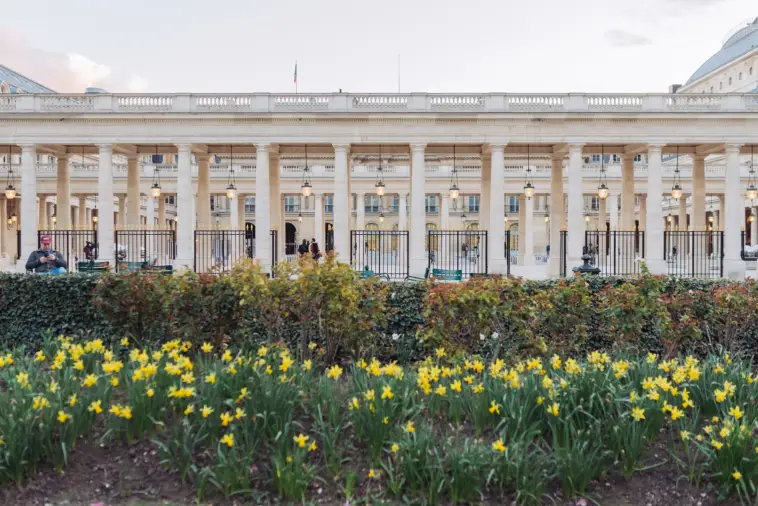France, with its rich tapestry of history, culture, and art, is synonymous with beauty and elegance. This is nowhere more apparent than in its gardens, which are an integral part of the country’s heritage. From the grandeur of royal estates to the intimacy of private chateaux, French gardens are a testament to the country’s long-standing love affair with landscape design. Exploring these verdant spaces offers a unique insight into the soul of France, a journey that can be deeply enriched through private tours of France, offering exclusive access and insights into some of the most exquisite gardens born out of the Renaissance period.
The Essence of French Gardens
French gardens, particularly those from the Renaissance era, are designed to epitomize order, symmetry, and harmony. They are a reflection of humanity’s attempt to impose structure on nature, creating landscapes that are as much a work of art as they are botanical spaces. The Renaissance period, with its revival of classical philosophy and aesthetics, played a pivotal role in shaping the design principles that would define French gardens. These spaces were conceived not just for leisure but as a manifestation of power, control, and artistic expression.
Château de Villandry: A Renaissance Jewel
The Château de Villandry, nestled in the Loire Valley, is home to one of the most remarkable gardens in France, if not the world. Its Renaissance garden, restored in the early 20th century to its former glory, is a living testament to the period’s architectural and horticultural ideals. The garden is divided into four terraces, each with its own theme and purpose: the ornamental garden, with its intricate love-themed designs; the kitchen garden, where aesthetic appeal meets practicality in a stunning array of vegetables and flowers; the water garden, a serene space dominated by a tranquil reflecting pool; and the herb garden, a nod to the medicinal and culinary uses of plants. Private tours of this historical site allow visitors to delve into the intricacies of Renaissance garden design and the specific history of Villandry, providing a deeply personal and immersive experience.
The Gardens of Fontainebleau: Royal Grandeur

The Palace of Fontainebleau, a favorite residence of French monarchs from Louis VII to Napoleon III, is surrounded by vast gardens that are as impressive as the palace itself. The gardens have evolved over the centuries, but it is the Renaissance influence that stands out, particularly in the meticulously designed parterres and the inclusion of classical sculptures. The English garden, added later, contrasts with the formal French style, offering a more naturalistic landscape that invites contemplation and leisurely strolls. Exploring Fontainebleau’s gardens, especially with the guidance of a knowledgeable guide on a private tour, offers a glimpse into the evolution of French garden design and the royal tastes that shaped them.
Luxembourg Gardens: A Parisian Retreat

In the heart of Paris, the Luxembourg Gardens represent a fusion of French formal garden style with Renaissance influences, adapted for the enjoyment of the public. Originally created in the 17th century for the Palais du Luxembourg, these gardens have been open to the public since the 19th century and serve as a beloved retreat for Parisians and visitors alike. The layout combines geometrically arranged lawns, tree-lined promenades, and decorative ponds, showcasing the precision and elegance of French garden design. Statues of French queens and notable women, fountains, and the Medici Fountain add layers of historical and aesthetic interest. Private tours here can uncover the rich history of the gardens, connecting the dots between the Renaissance ideals and the modern-day significance of this green space in Parisian life.
Conclusion: Rediscovering the Renaissance in France’s Majestic Gardens
The majestic gardens of France are a living homage to an era that profoundly shaped the cultural and aesthetic landscape of Europe. As visitors meander through the verdant aisles of Château de Villandry, traverse the grand expanses surrounding Fontainebleau, or find solace in the Parisian Luxembourg Gardens, they are transported into the heart of the Renaissance. These spaces are more than mere botanical displays; they are narratives in greenery, echoing the principles of balance, beauty, and human ingenuity that the Renaissance celebrated.
Each garden is a testament to the enduring allure of combining nature with artistry. They encapsulate the ambition of the Renaissance to mirror the order of the cosmos in earthly surroundings, creating environments where every hedge, fountain, and pathway tells a story of aspiration and elegance. As the seasons change, these gardens offer a constantly evolving tapestry of colors, scents, and textures, showcasing the dynamism of nature as envisioned through human creativity.
Today, these gardens stand as guardians of history and beacons of cultural continuity, connecting the modern world with the intellectual and artistic fervor of the past. They invite contemplation and joy, offering a serene backdrop against which the timeless dialogue between humanity and the natural world continues. Walking through these gardens, one can’t help but feel part of a larger narrative that spans centuries, a narrative that celebrates the human spirit’s capacity to create beauty and harmony in the natural landscape.




